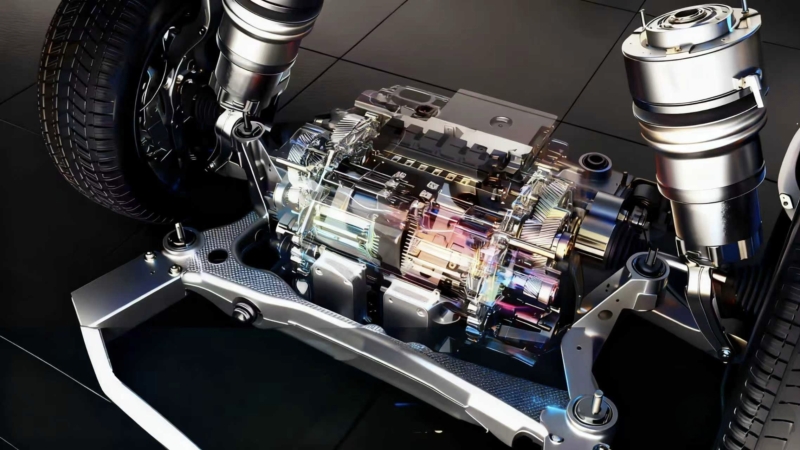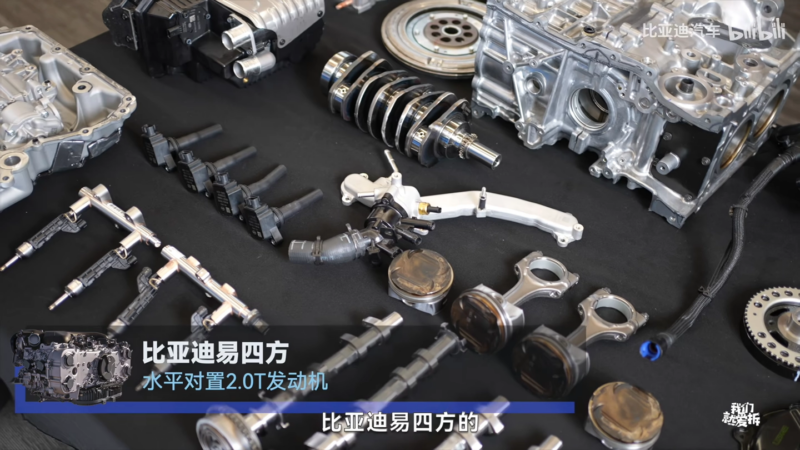BYD teardowns its 2.0T boxer engine: first flat-four for plug-in hybrids
BYD released a detailed teardown video of its newly developed 2.0-litre horizontally opposed (“boxer”) turbo engine, featuring technical commentary from Professor Xu Min of Shanghai Jiao Tong University. This engine is built specifically for BYD’s e⁴ platform. It represents what the company describes as a “global first” for a flat engine in a production car on an electrified architecture, as reported by IT-home.
Compared with conventional inline engines, the flat layout offers significantly lower vertical height and better inherent vibration cancellation, improving noise, vibration, and harshness (NVH) performance. The engine is first deployed in the BYD Yangwang U7 plug-in hybrid, where it resides in a compact “six-core” front module alongside a generator, two drive motors, and two electromagnets (part of BYD’s DiSus-Z suspension system).
This 2.0T boxer was developed expressly for the e⁴ platform’s series hybrid mode: its primary role is to generate electricity for the electric driveline. However, under certain conditions, it can also deliver torque directly to the rear axle. BYD reports the whole system delivers a maximum output of 272 horsepower (about 203 kW) and 380 Nm of torque.
To optimise for compactness and silence, the engine uses a dry-sump lubrication system, a bespoke oil-circulation management architecture, and a cooling system tuned for the flat layout. It also incorporates multiple NVH-reducing measures, such as a sandwich structure for the end caps and dual timing chains. According to BYD, under idle and light-load conditions, the engine’s noise is only about 1 dB higher than that of the electric motors, making it almost imperceptible in everyday driving.
BYD has stressed that this powertrain was engineered to fit into the very tight front-bay packaging of the U7. The low-profile design, reported to be just 420 mm high for the engine assembly, allows BYD to preserve space in the front compartment while maintaining a low centre of gravity. Observers have noted technical parallels with classic flat-engine designs from Porsche and Subaru, but also emphasise that BYD has adapted the architecture for hybrid operation and tight packaging.
In addition, the teardown video emphasises that the e⁴ platform leverages the boxer engine to enable advanced driving modes, such as “crab walking” (sideways motion) and in-place tight turns, thanks to individually controlled wheel motors. BYD also highlights that the engine’s power output can be dynamically adjusted based on the battery’s state of charge (SOC), enabling more intelligent energy management in hybrid driving.
The Yangwang U7 itself was officially launched earlier in 2025, with the plug-in hybrid model starting at 628,000 yuan (around 85,800 USD) and a four-seat variant priced at 708,000 yuan (about 96,700 USD).







